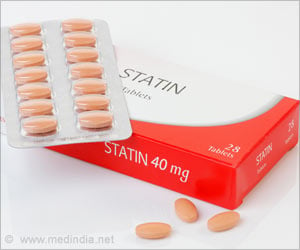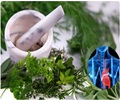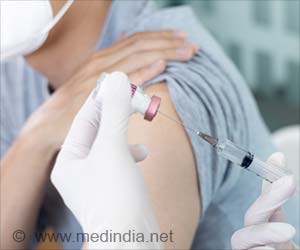Study aimed to assess the safety profile of red years rice by analyzing spontaneous reports of suspected adverse reactions.

- Red yeast rice (RYR) is often considered to be well tolerated and is therefore proposed as an alternative therapy in statin-intolerant patients.
- New study described the safety profile of RYR by analyzing the adverse reactions.
- The results showed that injury to the muscle (myopathies) and liver are the potential side-effects.
It is produced by fermenting steamed rice with a food fungus of Monascus genus. The red color of the rice is due to the naturally produced pigments during fermentation and this process produces monacolins.
The study aimed to describe the safety profile of RYR by analyzing spontaneous reports of suspected adverse reactions (AR).
It found that RYR is not a good choice for statin-intolerant patients. It was linked with muscle injury or myopathies and liver injury, which can also occur with statin use. A recent survey in U.S estimated that 23,000 visits per year to emergency department was for adverse reactions(ARs) related to dietary supplements.
Adverse Effects
Out if the 1261 reports collected from April 2002, there were 52 reports concerning 55 adverse reactions to RYR dietary supplements.
The findings were:
- In 70% of the cases, women were involved
- In 13 cases, the reaction was serious enough for hospitalization
One major difference between the use of statins and RYR is that, statins are prescribed under medical control, and blood tests are periodically performed so that statin use can be stopped as soon as abnormal results are identified.
On the contrary, RYR is used as self-prescription, without medical advice and monitoring, so patients risk experiencing toxic effects that may go unnoticed.
The potential risk of myopathies and liver injury due to RYR, raise the hypothesis that the safety profile of RYR is similar to that of statins.
Therefore, continuous monitoring of dietary supplements should be promoted to undertand their risk profile, so that appropriate actions can be taken by the regulatory bodies.
"The proportion of serious reports (27%), the relatively rapid time to onset and the lack of concomitant drugs and/or predisposing medications in several cases warrants regulatory consideration and call for: 1) continuous monitoring of "natural" dietary supplements safety through spontaneous reports; 2) appropriate information to clinicians and consumers, who should timely submit suspect reports to regulatory Agencies," wrote the authors of the British Journal of Clinical Pharmacology study.
Reference
- G. Mazzanti et al. Adverse reactions to dietary supplements containing red yeast rice: assessment of cases from the Italian surveillance system. British Journal of Clinical Pharmacology study ; (2017) DOI: 10.1111/bcp.13171
Source-Medindia















